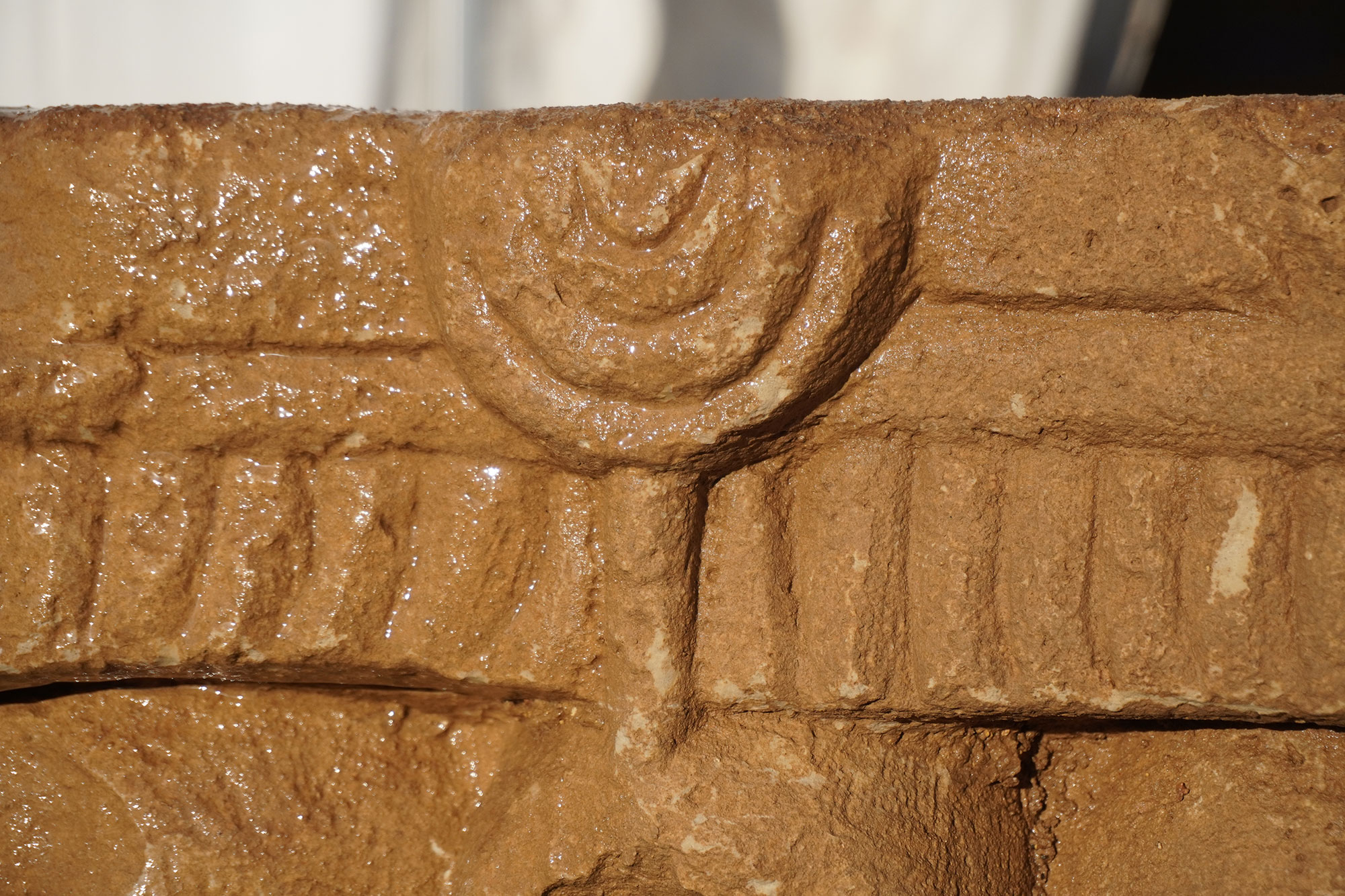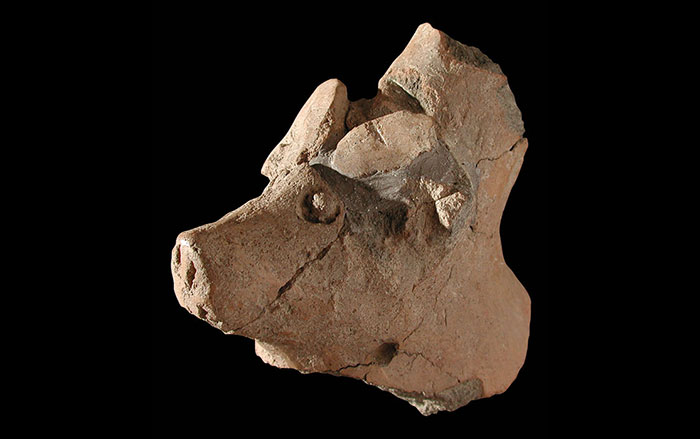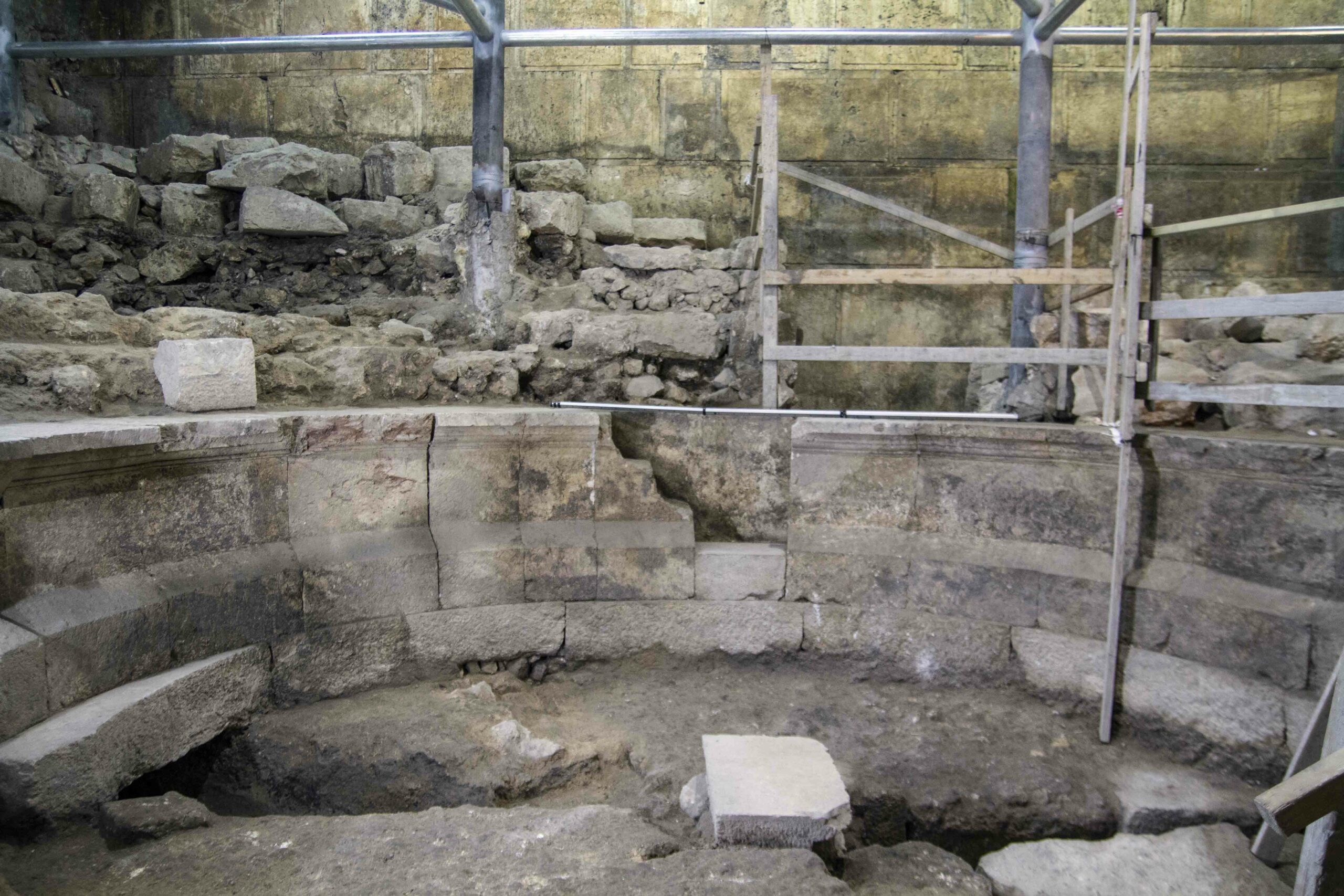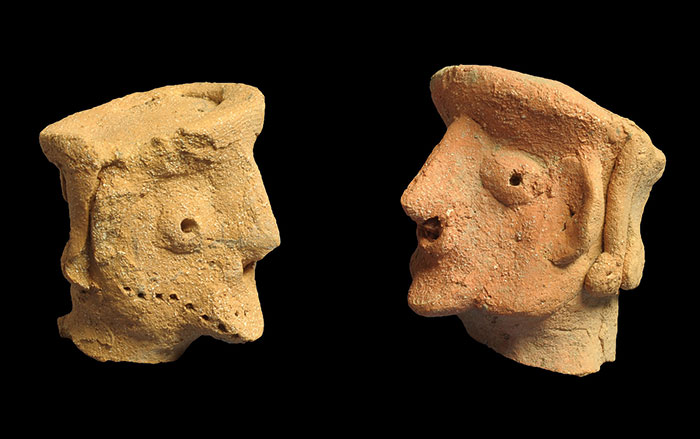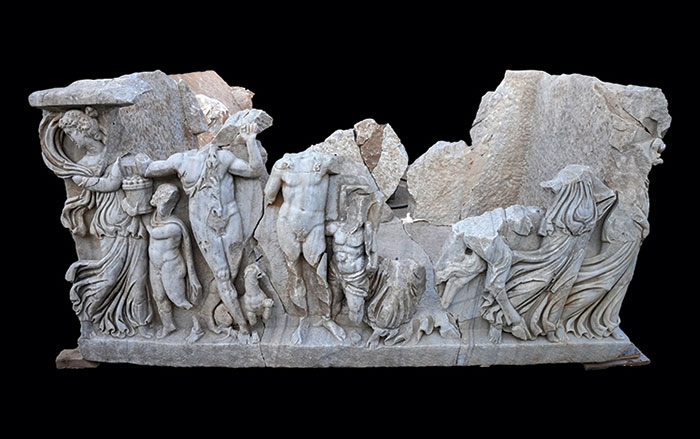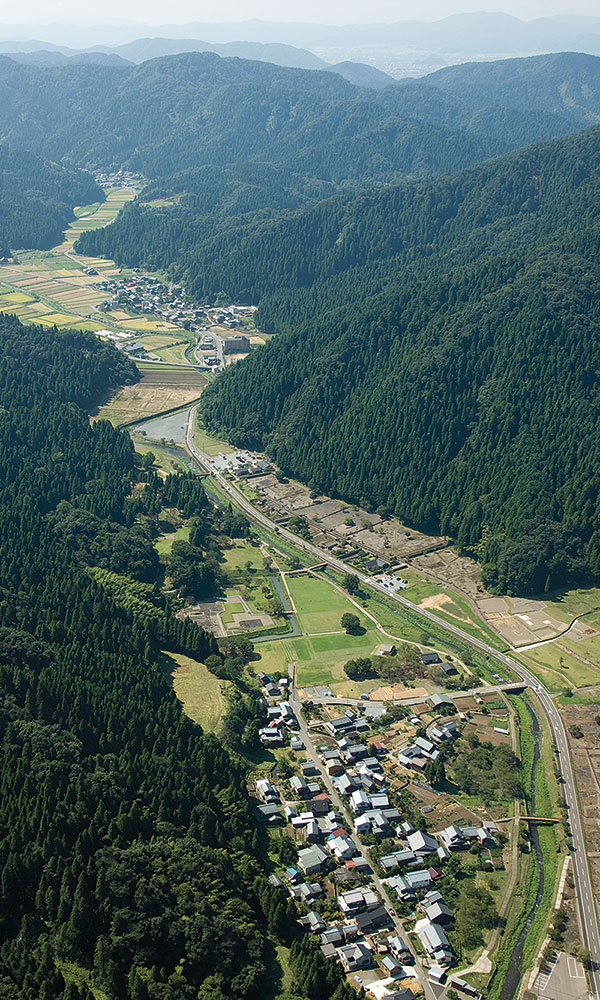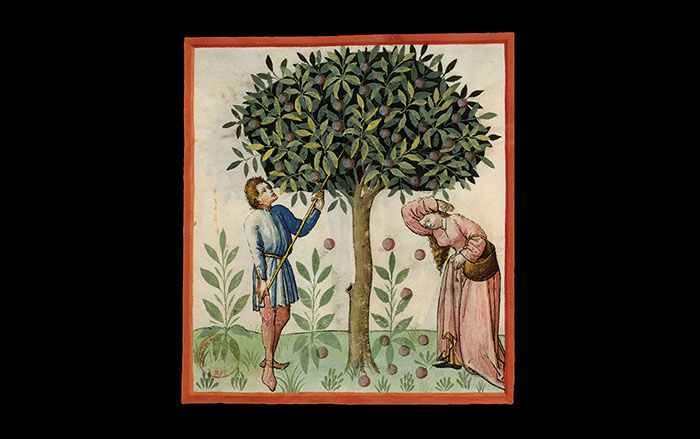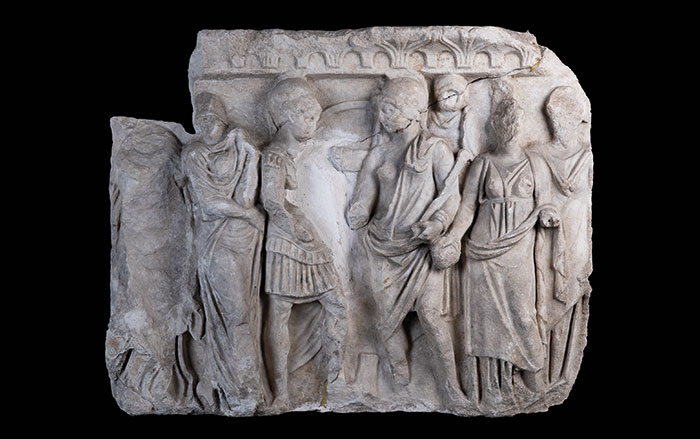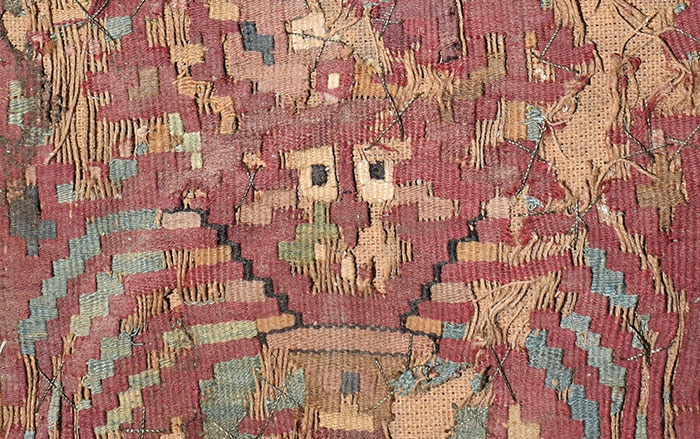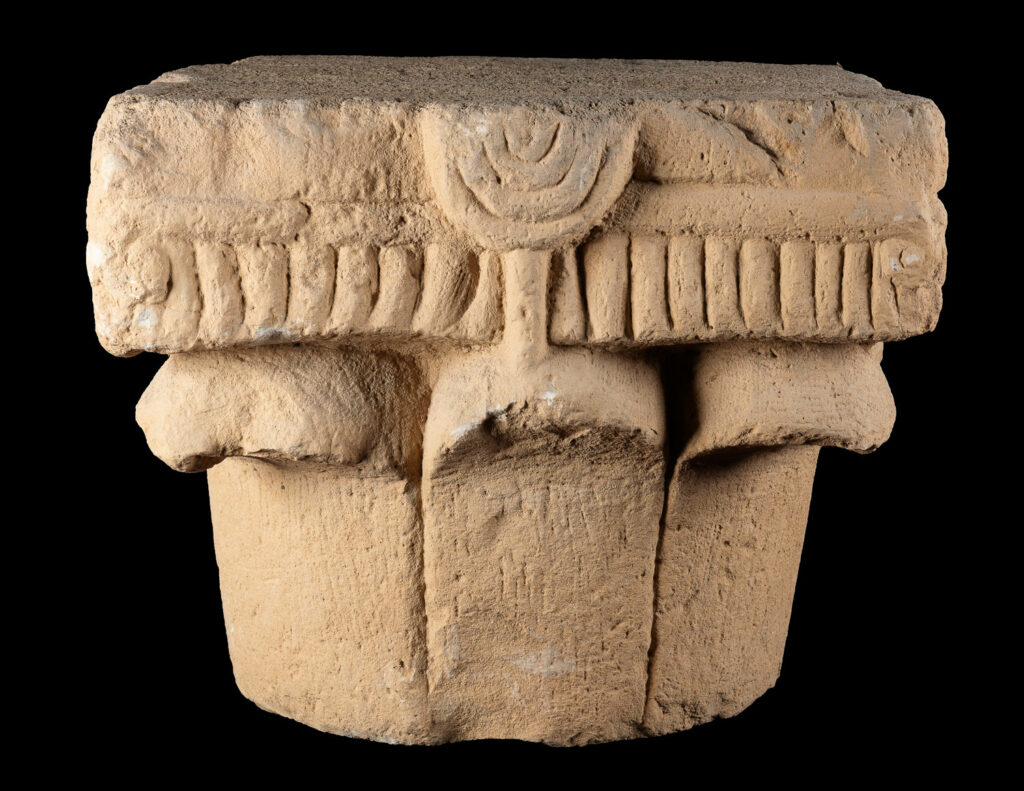
JERUSALEM, ISRAEL—The Israel Antiquities Authority revealed to the public a truly unique and baffling Roman-era column capital. The carved limestone block was originally discovered in 2020 in a sixth- or seventh-century a.d. Byzantine house during excavations in Motza, outside Jerusalem. Yet archaeologists believe that the capital is centuries older, likely dating to the second or third century, and had been subsequently moved to this location. What makes the Corinthian-style capital so exceptional is that it seems to be decorated with an eight-branch menorah, of which there are no known parallels in existence. The researchers think that it once stood atop a column of a Roman building or along a street in a neighborhood primarily consisting of the descendants of Roman soldiers. Why Roman architectural sculpture would contain a menorah, a distinct Jewish symbol, has perplexed the experts, since at this time there were no Jews living near Jerusalem after they had all been expelled by Roman authorities. One theory posits that the sculptor who created the column may have been somewhat confused and unfamiliar with the architectural conventions of the time. The artist may have actually intended to recreate a floral motif commonly seen on Corinthian-style capitals. “It's possible the craftsman intended to carve a conventional flower design but, due to his limited familiarity with standard models, created something that bears a resemblance to a symmetrical eight-branched lamp,” said Orit Peleg-Barkat of the Hebrew University of Jerusalem. To read about a seventh-century gold medallion found in Jerusalem that is decorated with a menorah, go to "Byzantine Riches."


